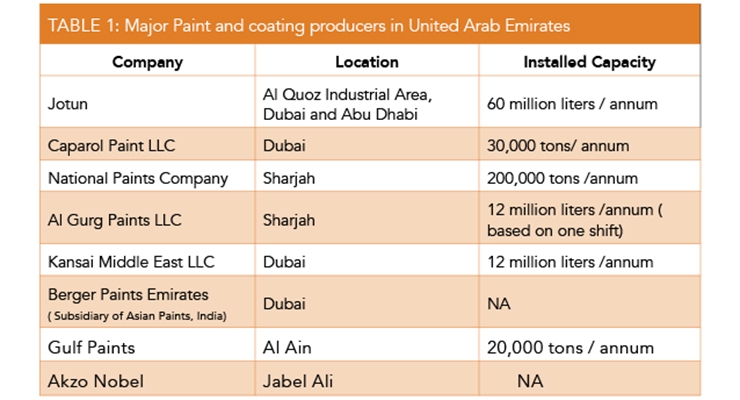Examine The Function Of Seasonal Factors In The Success Of Commercial Exterior Paint And Reveal The Very Best Times To Secure Enduring Outcomes For Your Task
Examine The Function Of Seasonal Factors In The Success Of Commercial Exterior Paint And Reveal The Very Best Times To Secure Enduring Outcomes For Your Task
Blog Article
Material Author-Ford Skafte
When you're preparing a business outside painting project, seasonal elements can make or damage your outcomes. You'll wish to think about just how temperature and humidity impact paint application and drying times. Choosing the right season can ensure your paint sticks effectively and lasts much longer. But which periods are truly the very best for this sort of work? Let's explore the crucial elements that can influence your task's success.
The Influence of Temperature on Paint Application
When you're planning an industrial external painting job, the temperature level can substantially affect how well the paint sticks and dries.
Ideally, you intend to paint when temperature levels range between 50 ° F and 85 ° F. If it's too cold, the paint may not treat appropriately, leading to problems like peeling off or splitting.
On the other hand, if it's also hot, the paint can dry out too promptly, stopping correct bond and leading to an uneven finish.
You ought to additionally take into consideration the time of day; early morning or late afternoon provides cooler temperature levels, which can be more positive.
Constantly examine the producer's referrals for the particular paint you're using, as they usually offer guidance on the perfect temperature array for optimum results.
Humidity and Its Impact on Drying Times
Temperature level isn't the only ecological element that affects your commercial external painting project; humidity plays a significant role also. High humidity levels can slow down drying times dramatically, impacting the overall top quality of your paint task.
When the air is filled with wetness, the paint takes longer to treat, which can result in issues like bad attachment and a higher risk of mildew development. If you're painting on a specifically damp day, be prepared for prolonged delay times between layers.
It's critical to monitor local weather and strategy appropriately. Ideally, go for moisture levels between 40% and 70% for optimum drying.
Keeping these consider mind ensures your job stays on track and supplies an enduring coating.
Best Seasons for Commercial Outside Paint Projects
What's the very best season for your commercial outside painting jobs?
Spring and very early fall are commonly your best options. During these seasons, temperatures are moderate, and humidity levels are commonly lower, developing suitable problems for paint application and drying out.
Stay clear of summer season's intense heat, which can create paint to completely dry also promptly, resulting in bad adhesion and coating. Similarly, winter season's cool temperatures can prevent proper drying out and healing, taking the chance of the long life of your paint task.
Go for days with temperatures in between 50 ° F and 85 ° F for optimal results. Bear in mind to check the regional weather forecast for rainfall, as damp problems can spoil your task.
you could try these out around these elements ensures your paint project runs smoothly and lasts longer.
Conclusion
To conclude, planning your commercial outside painting tasks around seasonal factors to consider can make a considerable difference in the result. By scheduling work during the excellent temperatures and moisture degrees, you'll make sure far better attachment and drying times. click over here in mind to keep an eye on regional weather forecasts and select the right time of year-- springtime and very early loss are your best choices. Taking these actions will aid you accomplish a long lasting and expert finish that lasts.
